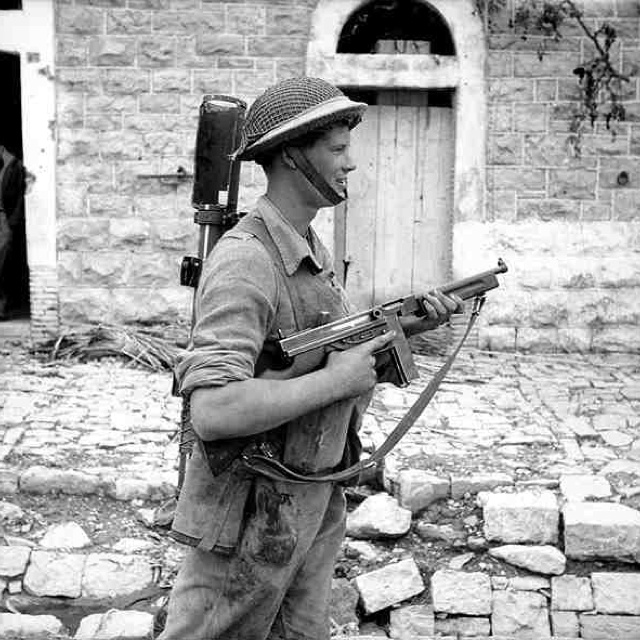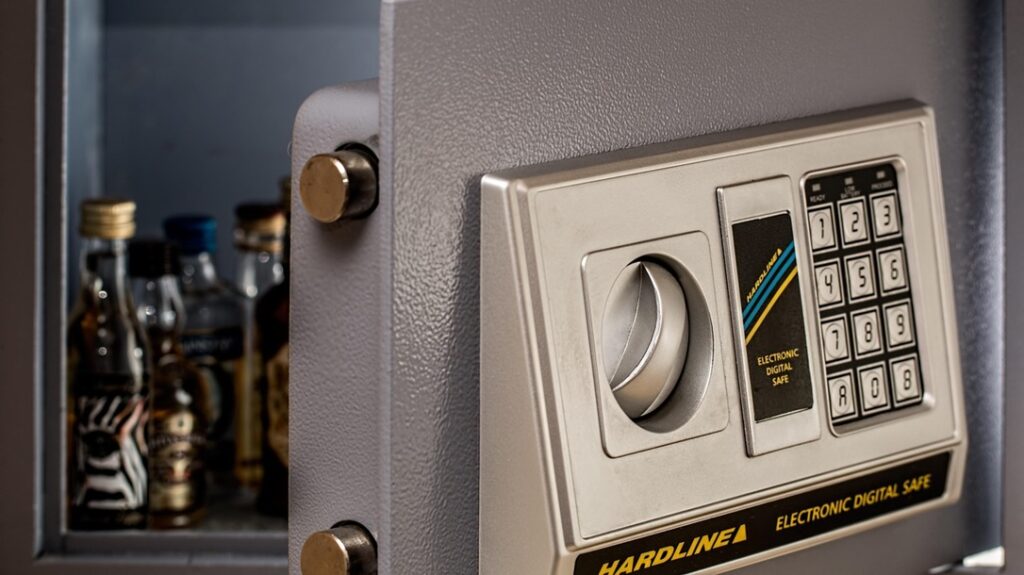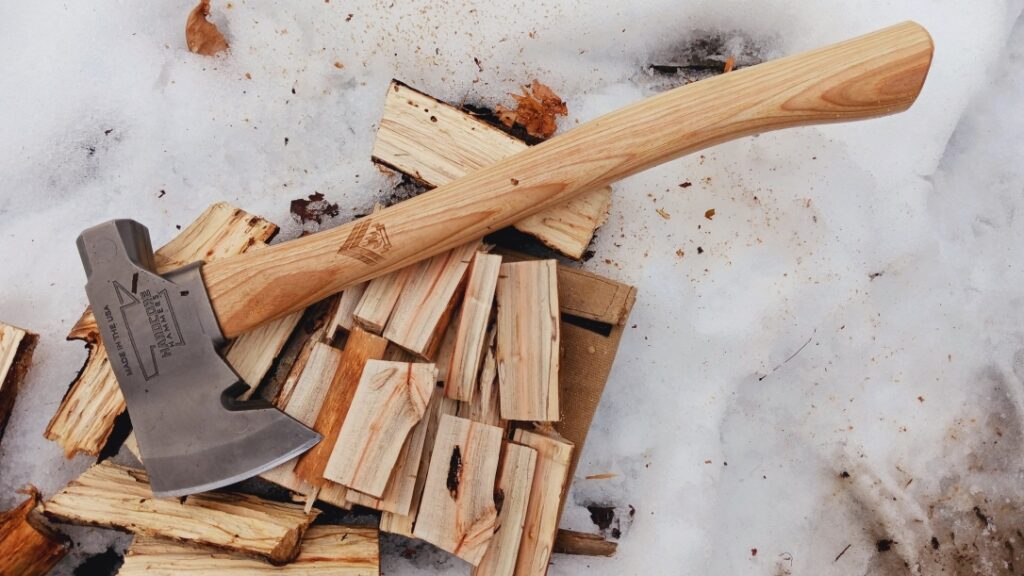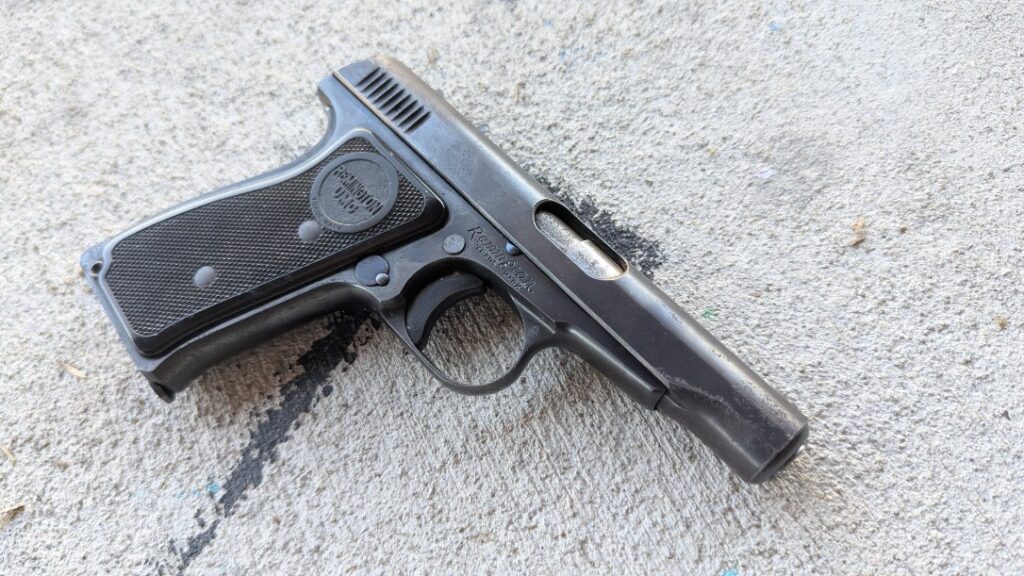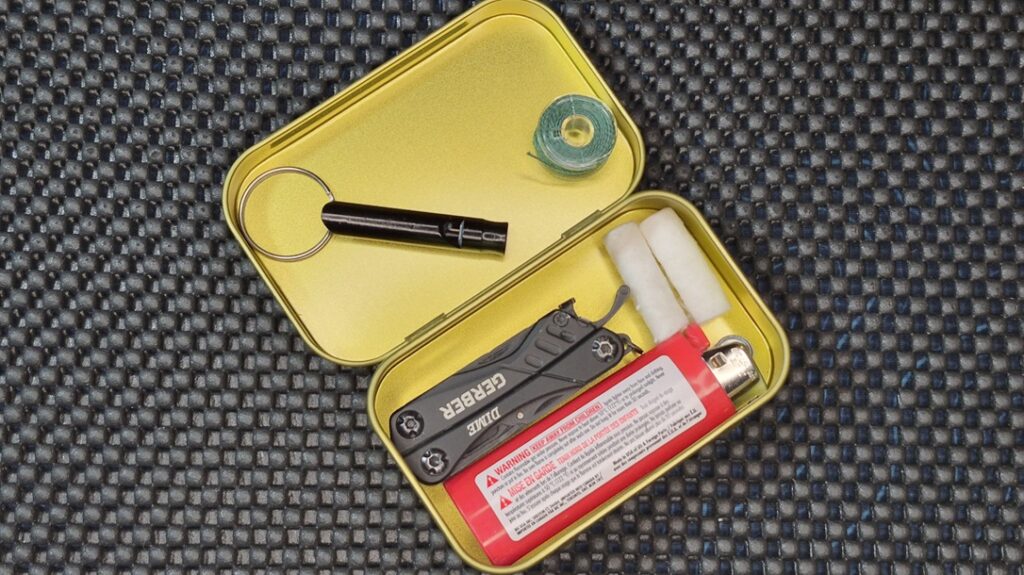The American Committee for the Defense of British Homes is one of the greatest propaganda efforts ever orchestrated. America started out as a neutral force in World War II, and prior to our entry into the war, there was a ton of American support for our European allies. This led to the formation of the American Committee for the Defense of British Homes, which was an effort by Americans to donate weapons and equipment to the British Home Guard. The idea was simple, American guns would be sent overseas to the Brits, who could then fight the Nazi scourge.
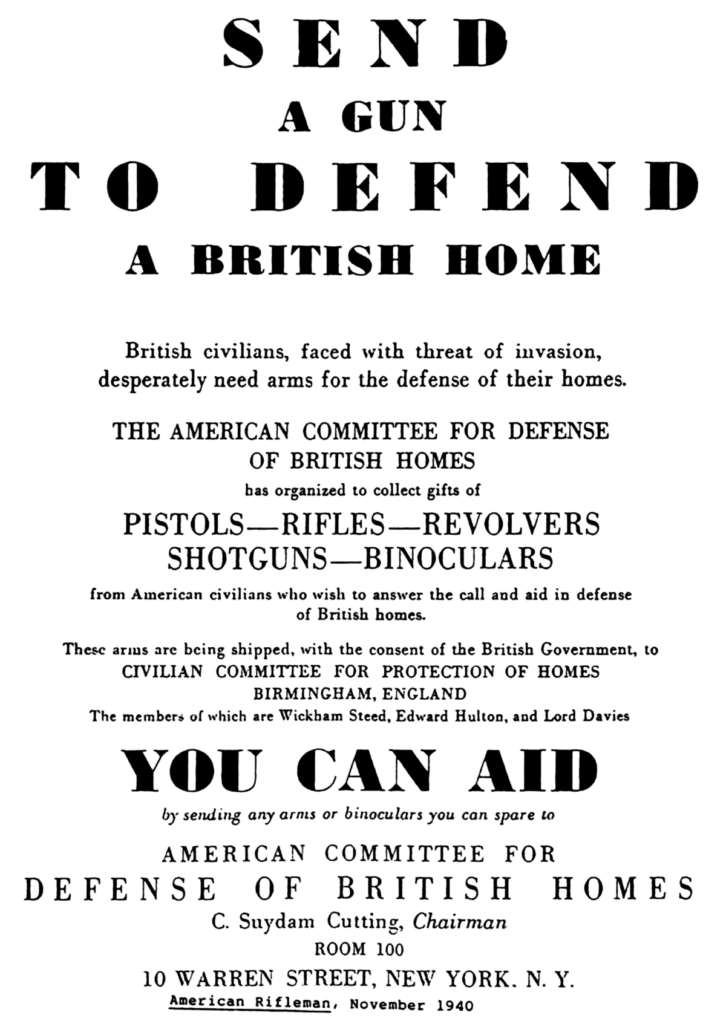
In reality, it was more or less a propaganda scheme to drum up support from the untied States to the UK via Lend-Lease and even potential entry into the war. The scheme itself was arguably successful in its intention, but it was also very controversial. American guns made their way to Britain, but did they make a difference? That’s debatable. It’s often said that the donated stopwatches and binoculars made a bigger splash than the guns.
Advertisement — Continue Reading Below
Rather than dive deep into the efforts, the opposition, and the eventual end of the scheme, I thought it would be interesting to take a look at the gun donated by the average United States citizen to the British Home Guard and the war effort in general. There are plenty of sources for the history of the American Committee for the Defense of British Homes, but as a gun nerd, I’m fascinated by what was donated.
American Guns – By the Numbers
According to In Search of the Real Dad’s Army: The Home Guard and the Defence of the United Kingdom 1940-1944: The American Committee for the Defense of British Homes gathered 25,343 firearms and over two million rounds of ammo. More than half of the weapons donated were purchased through monetary donations to the ACDBH. Additionally, the committee gathered 2,993 binoculars, 4,800 new helmets, and 379 stopwatches.

Advertisement — Continue Reading Below
The numbers are great, but what guns were actually donated? Was anyone running around with a Remington Model 8 or maybe a Winchester 1894? What American guns made their way to the hands of the British Home Guard? I can’t find a total breakdown of the 25,343 firearms, but I could identify at least a few that made their way to the U.K. through various sources.
The American Guns in British Hands
The American Committee for the Defense of British Homes obtained American guns through three main sources. First, donations by individuals. Second, through police forces who emptied their evidence lockers or gave away guns that were out of service. Third, they collected monetary donations and used the money to buy firearms.
Automatic Firearms
The ACDBH was able to gather a number of machine guns through donations from police agencies. Through monetary donations, they ordered 110 Thompson M1928 SMGs. They also donated one BAR and one Lewis gun.
Advertisement — Continue Reading Below

While not many automatic weapons were sent, it’s impressive they were able to gather any in the first place. While 112 machine guns sound like a lot to you and me, the Brits purchased 38,000 Lewis guns before Lend-lease even went into effect. By the end of the war, over 43,000 Thompsons had been purchased by the British.
Military Rifles
Military rifles of this era were bolt-action, full-powered rifles with a full handguard, bayonet lugs, and iron sights. After World War I, there were tons of surplus American guns, and plenty made their way to the U.K. This includes guns from the United States, like the Springfield M1903 and M1917, which both served faithfully in World War I. They would be capable rifles even in World War II.
Advertisement — Continue Reading Below
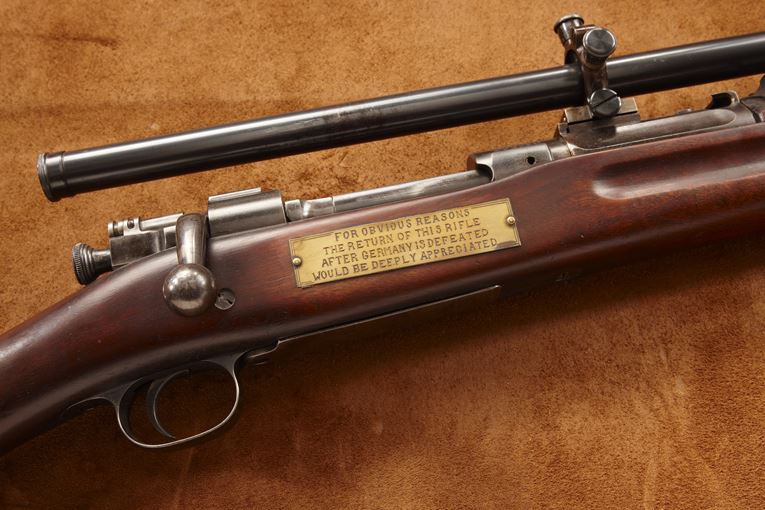
American guns like the Krag also went overseas, and while older, they were still capable. The ammo type is what would often hold odd guns like this back. While Krag ammo was easy to get in the States, they unlikely had much in the U.K. There were also donations of foreign surplus, including French rifles from 1874 and 1894 and the Ross Model 10.
Major John W. Hession donated a Springfield M1903 to the cause. Hession was an Olympic shooter, and he famously asked for the gun to be returned when the Germans were defeated.
Advertisement — Continue Reading Below
Sporting Rifles
There was a large donation of various sporting rifles, including some guns that would be nearly useless for military forces. For example, various .32 rimfire rifles were given away, and a rimfire rolling block from World War II wouldn’t be on my top ten list of gun options.
There were also Winchester lever guns and Savage M1899 lever guns in the mix. While these weren’t optimum, they did provide a more modern option. The M1894, in particular, had been used by the French and Brits in World War I and would be issued in small numbers to Americans serving Stateside.
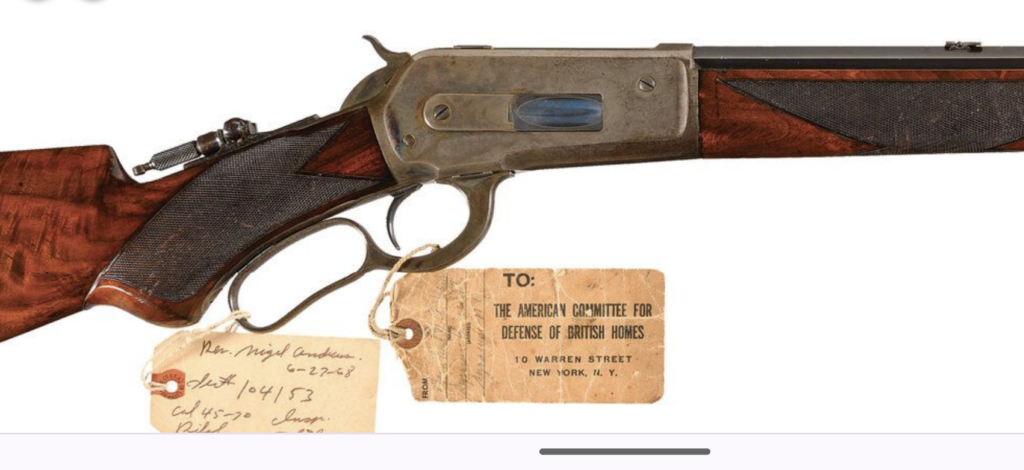
Advertisement — Continue Reading Below
Winchester, Mauser, Steyr, and Marlin made several hunting rifles with indeterminate models and calibers.
The most famous sporting rifle came from Kermit Roosevelt, who donated Theodore Roosevelt’s Winchester Model 1886 Lever Action Rifle in .47-50.
Shotguns
In all my research, I have only found a few mentions of shotguns. In fact, I can only find references for three models. One was a Remington M1910 in a riot configuration, and the other was a single-shot H&R .410. Shotguns aren’t great weapons for warfare, and I’m sure they weren’t used. The riot M1910 was a million times better than the H&R Handy-Guns.
Advertisement — Continue Reading Below

The Handy-Guns were subject to the NFA as AOWs of Short-Barreled Shotguns. I’m sure more than a few were given away just to be gotten rid of. They certainly weren’t worthy of military use unless you need to kill pests at camp.
Oilman Herbert Pratt donated a finely made Charles Daly trap gun. This was when Charles Daly was a big name and not just an importer. A trap gun at war wasn’t useful, but I imagined the ACDBH sold it to buy other, more effective weapons.
Advertisement — Continue Reading Below
Handguns
Over 19,000 revolvers ended up being donated to the cause. It’s worth mentioning that these weren’t all American guns. The largest donation of guns came from a single order of 13,763 revolvers. It’s also known that various .32 revolvers were donated, as were a handful of .22LR automatics.
The End Of The Donations
When lend-lease went into effect, the donations slowed, and when America entered the war, they basically ended. In reality, the donations didn’t have much of an effect. The real effect came from the support American citizens offered the British people, which likely helped convince American politicians to help the Brits. It’s not the entire reason, but just a sliver of effective propaganda. It played well in people’s desire to do something to help. In that regard, the American Committee for the Defense of British Homes was massively successful.
If you would like to read more about this subject and the British Home Guard, I’d suggest checking out To The Last Man: the Home Guard in War and Popular Culture by Malcolm Atkin and In Search of the Real Dad’s Army: The Home Guard and the Defence of the United Kingdom 1940-1944 by Stephen Cullen.
